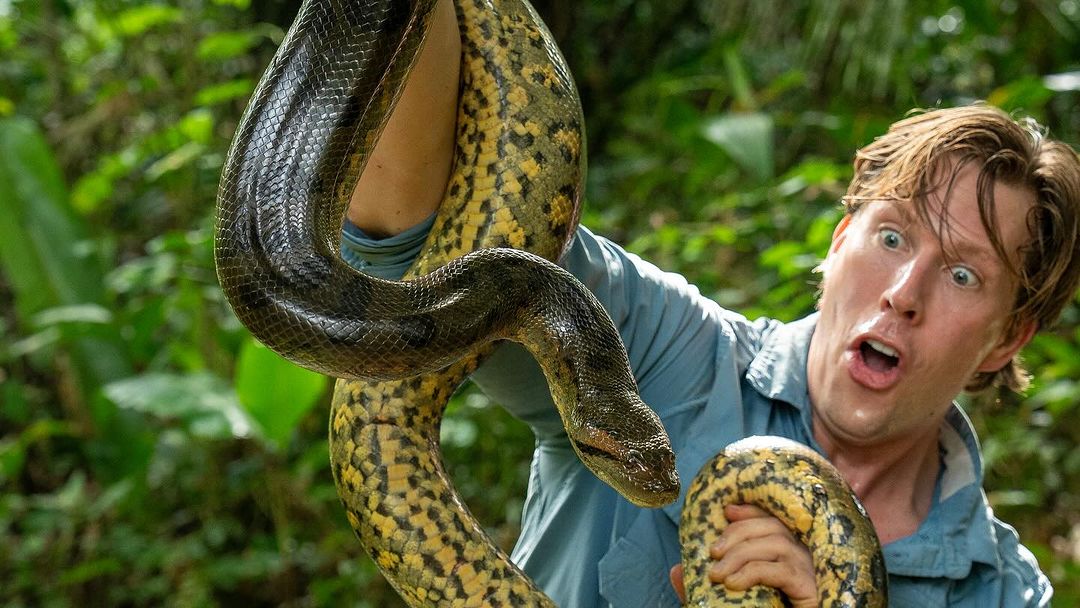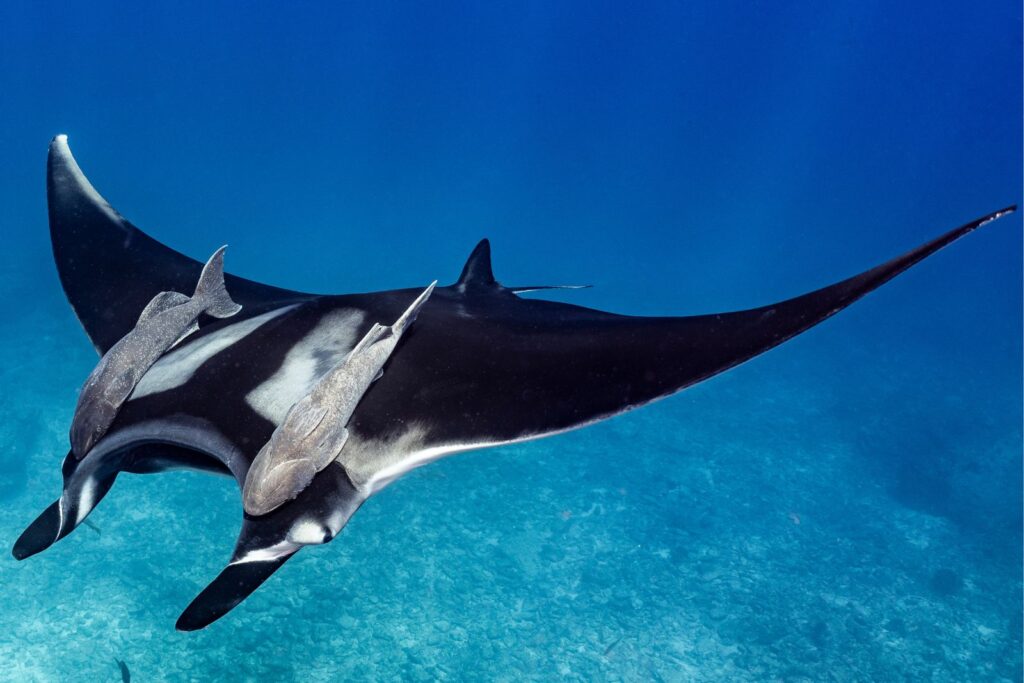Anaconda: The Giant of the Amazon

The anaconda, known as the giant of the Amazon, is a colossal snake that commands attention in the lush jungles of South America. Here's what makes this reptile truly extraordinary:
Anatomy and Size :
Anacondas are among the heaviest and longest snakes in the world, capable of reaching lengths exceeding 25 feet and weighing over 500 pounds. Their muscular bodies are perfectly adapted for life in the water, with flattened heads and eyes positioned on the top of their heads, allowing them to lurk stealthily beneath the surface.Hunting and Feeding :
As apex predators, anacondas have earned a fearsome reputation for their impressive hunting skills. They ambush their prey, which can include a wide range of animals such as fish, birds, mammals, and even caimans. With their powerful coils, they constrict their victims, squeezing them until they suffocate before devouring them whole.Habitat and Distribution :
Anacondas are primarily found in the dense swamps, marshes, and slow-moving rivers of the Amazon basin, where they reign supreme as the top predators. Their cryptic coloration and aquatic lifestyle make them well-suited for stalking prey in murky waters, where they blend seamlessly into their surroundings.Reproduction and Behavior :
During the breeding season, male anacondas engage in fierce battles for the right to mate with females. After mating, females give birth to live young, which can number anywhere from 20 to 40 offspring. Unlike many other snakes, anacondas exhibit maternal care, with mothers protecting their vulnerable offspring from predators.Conservation Status: Despite their formidable size and fearsome reputation, anacondas face numerous threats, including habitat destruction, pollution, and hunting for their skins. Conservation efforts are crucial for preserving these magnificent creatures and the delicate ecosystems they inhabit.
The anaconda epitomizes the awe-inspiring diversity of life in the Amazon rainforest, serving as a symbol of strength, resilience, and natural beauty. By understanding and protecting these remarkable snakes, we can help ensure their continued survival and the preservation of their extraordinary habitat.
